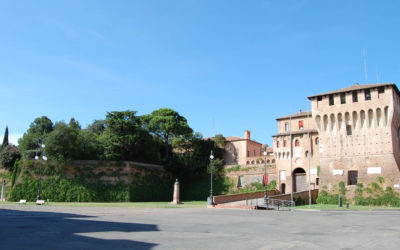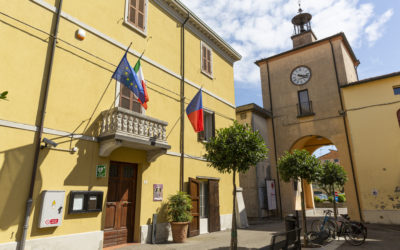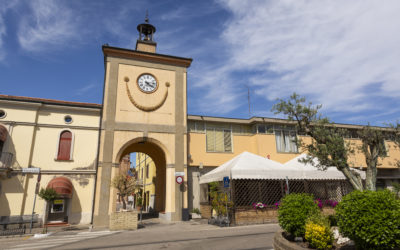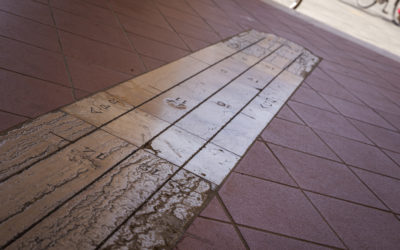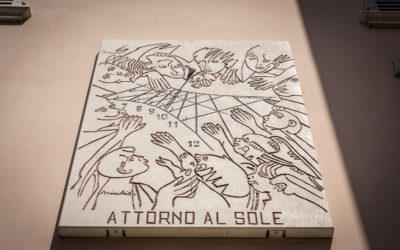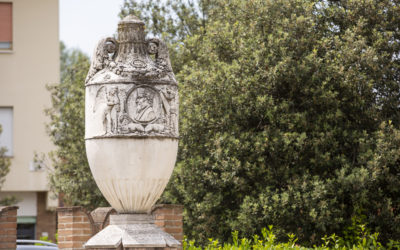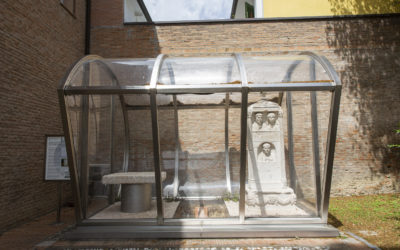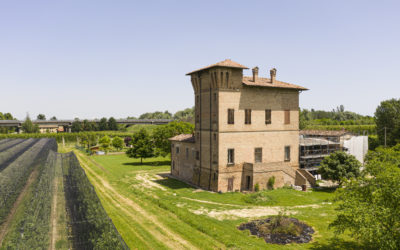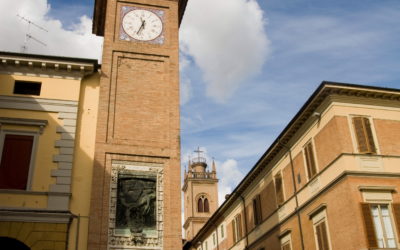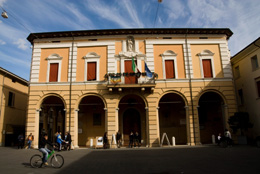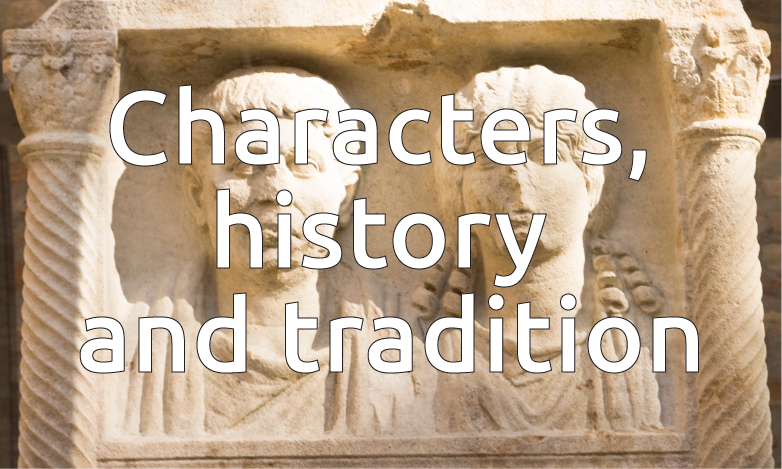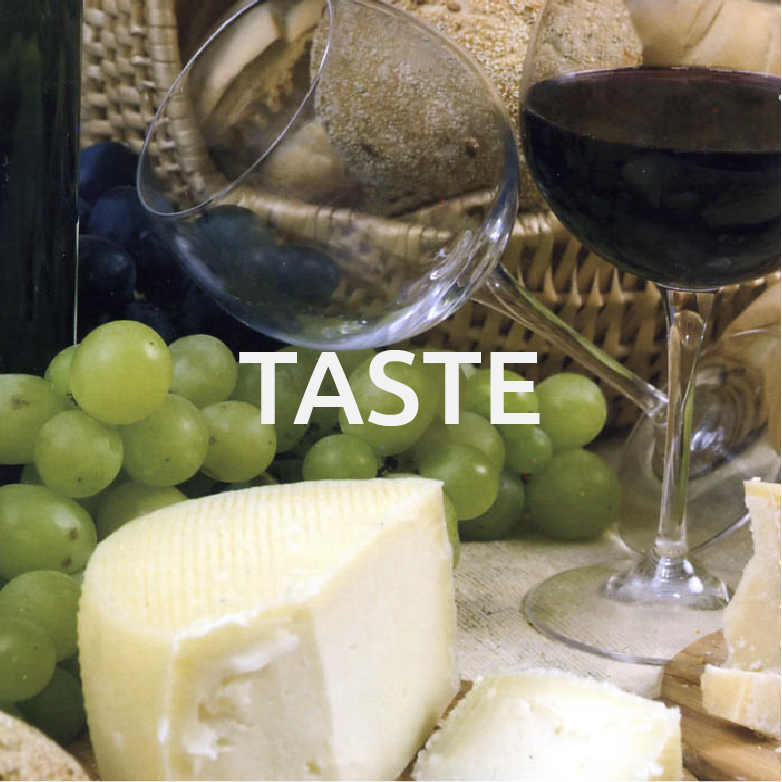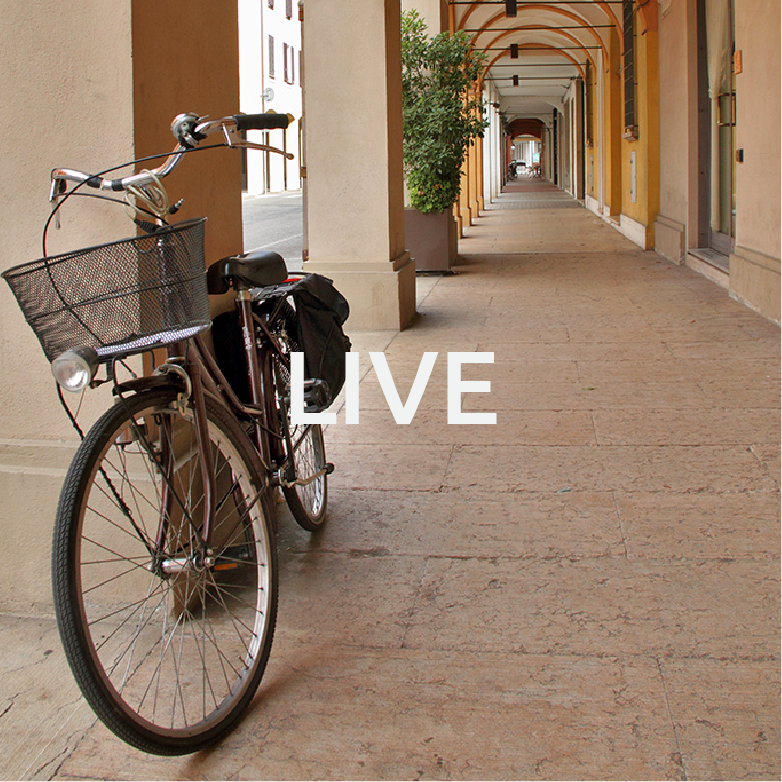Monuments
ROCCA ESTENSE
The stronghold of Lugo is a remarkable specimen of its kind, especially because in Romagna fortresses used to characterize and mark the developement of hurban settlements since the second part of the Middle Ages.
PALAZZO COMUNALE (TOWN HALL)
The present town hall (the Palazzo Comunale) has always been a public building and is thought to be as old as the castle (sec. XI), to which it was attached, as the Napoleonic land registers state in 1800.
TORRE CIVICA (CLOCK TOWER)
The clock tower was built where the old Medieval castle gateway used to be since it was founded around the early centuries after 1000, probably upon Barbarossa’s wish, as some documents state. The same old documents report that the castle was surrounded by very strong walls and a deep moat called "la Fossa" (the moat). What is thought to be left of the old castle is probably just one of the two towers, which was thereafter transformed into the clock tower, before 1377.
THE SUNDAIL OF THE TOWN HALL
The sun dial of the townhall Palazzo Comunale was probably originally located in the ancient Palazzo Brandolini, the XVth century palace which formerly occupied the area were are now located the townhall and the municipal theatre.
THE SUNDAIL BY REMO BRINDISI
In the historical town centre of Bagnacavallo there’s a sun-dial which has been designed by Giovanni Paltrinieri, a gnomonics expert from Bologna, and decorated by the famous artist Remo Brindisi.
VOTIVE URN
The votive urn located in the central square, piazza Calcagnini, celebrates the marquis Marchese Celio Calcagnini, a nobleman belonging to one of the most important local families.
LA STELE DEI VARII
The "Caio Vario" funeral stele was found in 1817 nearby Cotignola.
TORRE DI TRAVERSARA
The tower was built around 1370.
TORRE DELL’OROLOGIO
The clock tower has been built during the second half of the XVIII century by the architect Cosimo Morelli and it’s located on one side of the central square.
PALAZZO COMUNALE – TOWN HALL
Massa Lombarda town hall has been designed by the famous architect Cosimo Morelli during the second half of the XVIII century.

